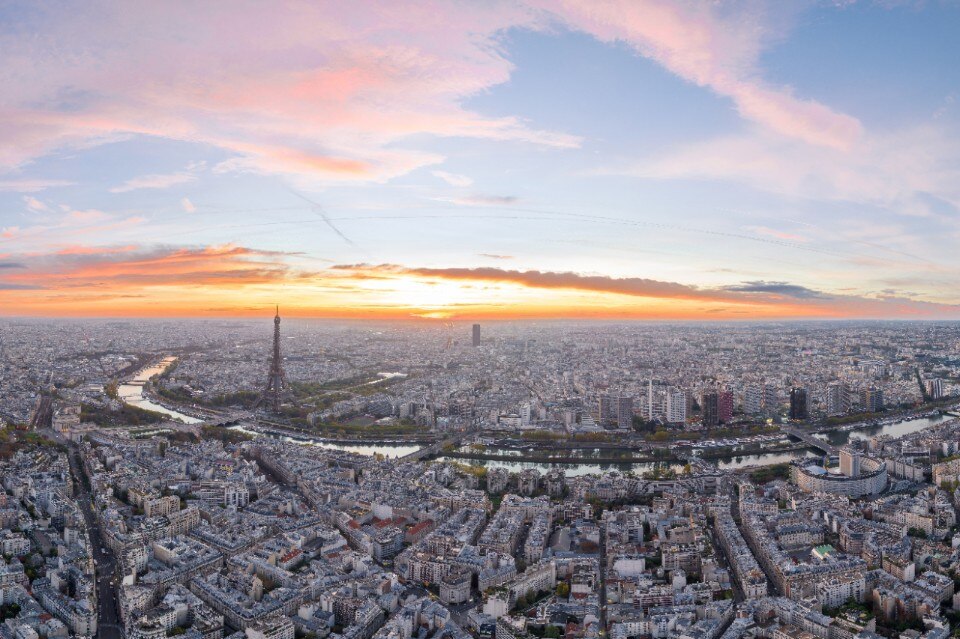The bid that won Paris the right to host the XXXIII Olympic Games in 2017 was far from a showcase of glamor and grandiose projects. Exactly a century after the last games on French soil, Paris opted to move away from the sometimes delusional approach that characterized the London and Athens Olympics. While those events aimed to rejuvenate entire neighborhoods, they were criticized for non-virtuous gentrification and unforeseen costs. In response, Paris pursued a more restrained and environmentally conscious path, a strategy in line with the goals of the Paris Agreement for Climate Change and sustainability principles.
This new vision prioritizes not only budgetary considerations, but also a symbiotic relationship between the city and the Olympic program. The focus is on modest, decentralized projects that can significantly reduce the carbon footprint and create a lasting impact. In addition, the initiative seeks to address historical territorial inequalities by fostering unity between central Paris and its economically disadvantaged suburbs – where many of the planned competitions will take place.
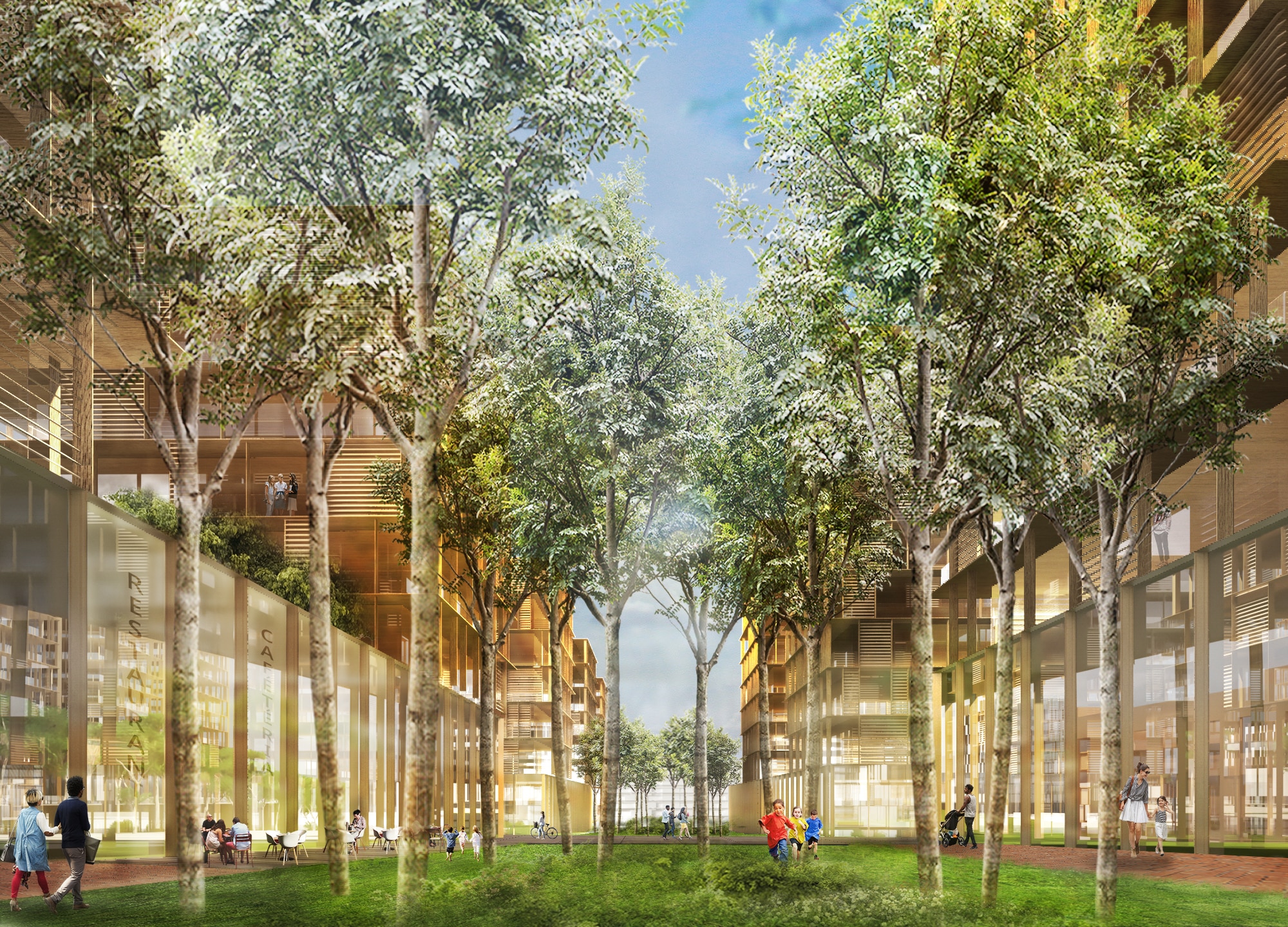
 View gallery
View gallery

Dominique Perrault Architecture, Athletes Village, Paris
Bord de Seine © Solideo, Dominique Perrault Architecte, Adagp

Dominique Perrault Architecture, Athletes Village, Paris
Coteaux © Solideo, Dominique Perrault Architecte, Adagp
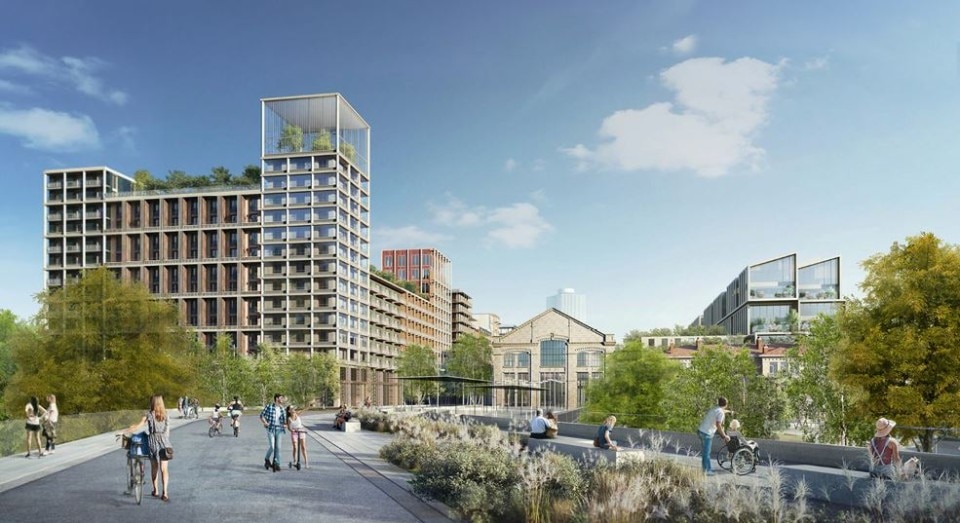
Dominique Perrault Architecture, Athletes Village, Paris
Espace public © Solideo, Dominique Perrault Architecte, Adagp

Dominique Perrault Architecture, Athletes Village, Paris
Mail Finot © Solideo, Dominique Perrault Architecte, Adagp

Dominique Perrault Architecture, Athletes Village, Paris
Les Quinconces © Solideo, Dominique Perrault Architecte, Adagp

Dominique Perrault Architecture, Athletes Village, Paris
© Solideo, Dominique Perrault Architecte, Adagp
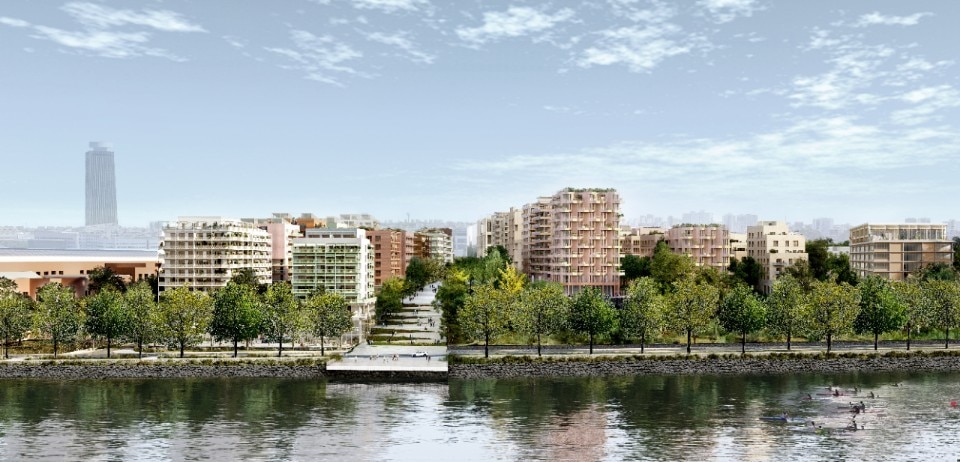
Dominique Perrault Architecture, Athletes Village, Paris
© Solideo, Dominique Perrault Architecte, Adagp

Dominique Perrault Architecture, Athletes Village, Paris
© Solideo, Dominique Perrault Architecte, Adagp

Dominique Perrault Architecture, Athletes Village, Paris
Bord de Seine © Solideo, Dominique Perrault Architecte, Adagp

Dominique Perrault Architecture, Athletes Village, Paris
Coteaux © Solideo, Dominique Perrault Architecte, Adagp

Dominique Perrault Architecture, Athletes Village, Paris
Espace public © Solideo, Dominique Perrault Architecte, Adagp

Dominique Perrault Architecture, Athletes Village, Paris
Mail Finot © Solideo, Dominique Perrault Architecte, Adagp

Dominique Perrault Architecture, Athletes Village, Paris
Les Quinconces © Solideo, Dominique Perrault Architecte, Adagp

Dominique Perrault Architecture, Athletes Village, Paris
© Solideo, Dominique Perrault Architecte, Adagp

Dominique Perrault Architecture, Athletes Village, Paris
© Solideo, Dominique Perrault Architecte, Adagp

Dominique Perrault Architecture, Athletes Village, Paris
© Solideo, Dominique Perrault Architecte, Adagp
The focal point of the Olympic legacy unfolds primarily along the Seine, Paris’ iconic waterway. Mayor Anne Hidalgo’s unexpected announcement in 2016, proposing a swimmable Seine for Olympic athletes and then for all Parisians by 2024, was met with both applause and skepticism. The seemingly invisible infrastructure behind this initiative aims to democratically improve the city’s biodiversity and overall experience. Critics, however, expressed disbelief. In Île-de-France, implementation of two wastewater treatment plants and rainwater harvesting tanks, with a budget of 1.4 billion euros, began after the city’s Olympic bid was confirmed. Climate change added complications, as increased rainfall posed challenges for wastewater containment and treatment, risking unfiltered discharge.
In the summer of 2023, two triathlon dress rehearsals were canceled due to elevated E. coli levels in the Seine River as a result of exceptional rainfall. So far, there is no official plan B for the contamination, but the swim races are still scheduled to take place in the Seine. This is due in part to the imminent opening of a storage basin at Austerlitz and other purification and storage facilities east of Paris. Unfortunately, citizens will experience a delay in their bathing plan, now postponed until 2025, as reported on the municipality’s website in December 2023.
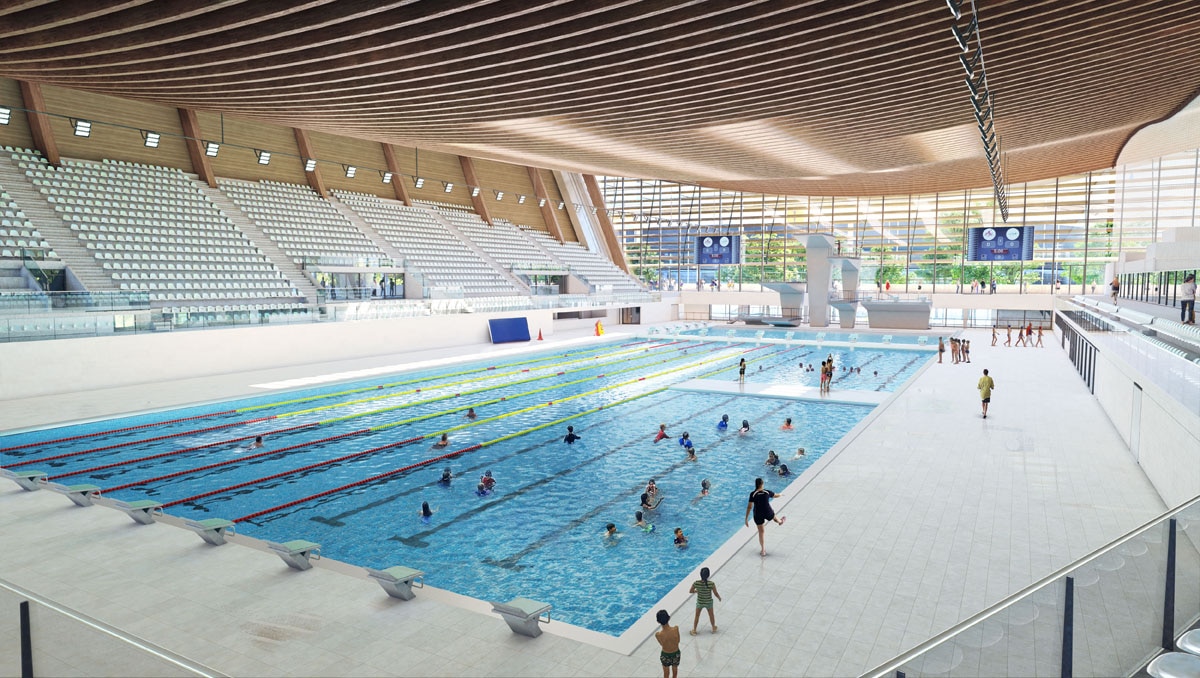
 View gallery
View gallery
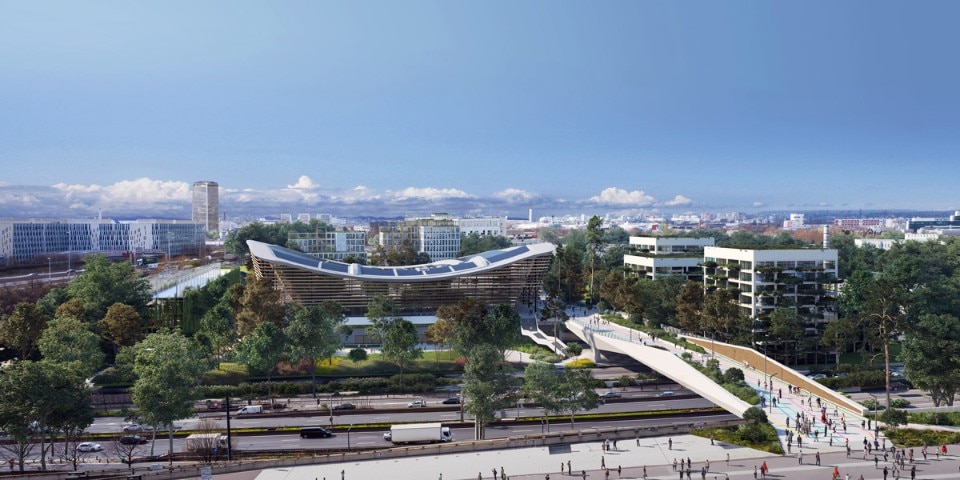
VenhoevenCS + Ateliers 2/3/4/, Aquatics Centre and pedestrian overpass, Saint-Denis, 93, Paris
Credit: Proloog

VenhoevenCS + Ateliers 2/3/4/, Aquatics Centre and pedestrian overpass, Saint-Denis, 93, Paris
Credit: Proloog
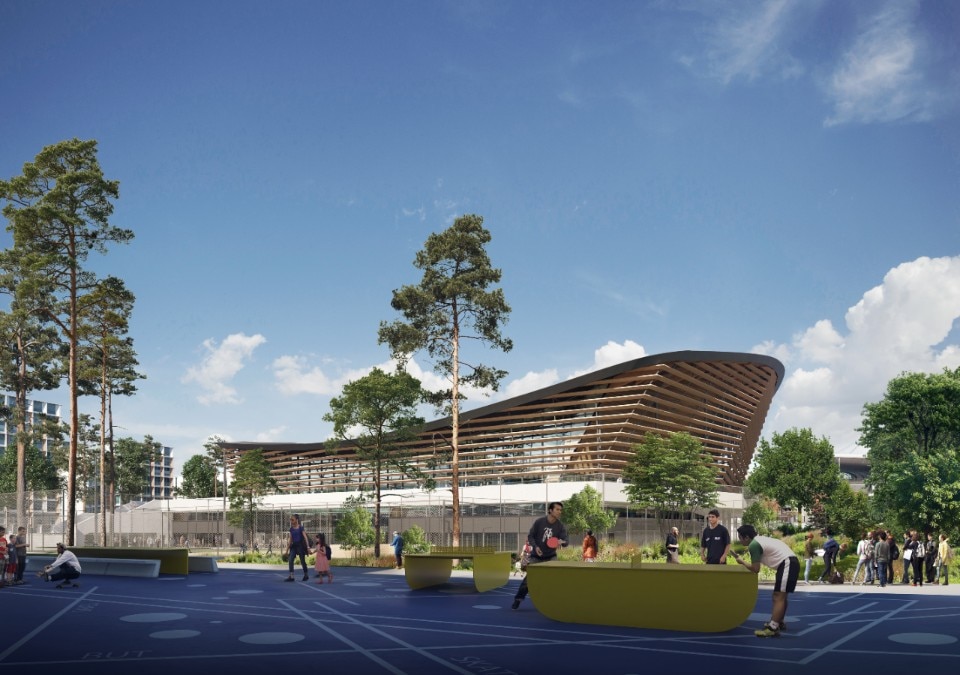
VenhoevenCS + Ateliers 2/3/4/, Aquatics Centre and pedestrian overpass, Saint-Denis, 93, Paris
Credit: Proloog

VenhoevenCS + Ateliers 2/3/4/, Aquatics Centre and pedestrian overpass, Saint-Denis, 93, Paris
Credit: Proloog

VenhoevenCS + Ateliers 2/3/4/, Aquatics Centre and pedestrian overpass, Saint-Denis, 93, Paris
Credit: Proloog

VenhoevenCS + Ateliers 2/3/4/, Aquatics Centre and pedestrian overpass, Saint-Denis, 93, Paris
Credit: Proloog

VenhoevenCS + Ateliers 2/3/4/, Aquatics Centre and pedestrian overpass, Saint-Denis, 93, Paris
Credit: Proloog

VenhoevenCS + Ateliers 2/3/4/, Aquatics Centre and pedestrian overpass, Saint-Denis, 93, Paris
Credit: Proloog

VenhoevenCS + Ateliers 2/3/4/, Aquatics Centre and pedestrian overpass, Saint-Denis, 93, Paris
Credit: Proloog

VenhoevenCS + Ateliers 2/3/4/, Aquatics Centre and pedestrian overpass, Saint-Denis, 93, Paris
Credit: Proloog

VenhoevenCS + Ateliers 2/3/4/, Aquatics Centre and pedestrian overpass, Saint-Denis, 93, Paris
Credit: Proloog

VenhoevenCS + Ateliers 2/3/4/, Aquatics Centre and pedestrian overpass, Saint-Denis, 93, Paris
Credit: Proloog

VenhoevenCS + Ateliers 2/3/4/, Aquatics Centre and pedestrian overpass, Saint-Denis, 93, Paris
Credit: Proloog

VenhoevenCS + Ateliers 2/3/4/, Aquatics Centre and pedestrian overpass, Saint-Denis, 93, Paris
Credit: Proloog

VenhoevenCS + Ateliers 2/3/4/, Aquatics Centre and pedestrian overpass, Saint-Denis, 93, Paris
Credit: Proloog

VenhoevenCS + Ateliers 2/3/4/, Aquatics Centre and pedestrian overpass, Saint-Denis, 93, Paris
Credit: Proloog

VenhoevenCS + Ateliers 2/3/4/, Aquatics Centre and pedestrian overpass, Saint-Denis, 93, Paris
Credit: Proloog

VenhoevenCS + Ateliers 2/3/4/, Aquatics Centre and pedestrian overpass, Saint-Denis, 93, Paris
Credit: Proloog

VenhoevenCS + Ateliers 2/3/4/, Aquatics Centre and pedestrian overpass, Saint-Denis, 93, Paris
Credit: Proloog

VenhoevenCS + Ateliers 2/3/4/, Aquatics Centre and pedestrian overpass, Saint-Denis, 93, Paris
Credit: Proloog

VenhoevenCS + Ateliers 2/3/4/, Aquatics Centre and pedestrian overpass, Saint-Denis, 93, Paris
Credit: Proloog

VenhoevenCS + Ateliers 2/3/4/, Aquatics Centre and pedestrian overpass, Saint-Denis, 93, Paris
Credit: Proloog

VenhoevenCS + Ateliers 2/3/4/, Aquatics Centre and pedestrian overpass, Saint-Denis, 93, Paris
Credit: Proloog

VenhoevenCS + Ateliers 2/3/4/, Aquatics Centre and pedestrian overpass, Saint-Denis, 93, Paris
Credit: Proloog

VenhoevenCS + Ateliers 2/3/4/, Aquatics Centre and pedestrian overpass, Saint-Denis, 93, Paris
Credit: Proloog

VenhoevenCS + Ateliers 2/3/4/, Aquatics Centre and pedestrian overpass, Saint-Denis, 93, Paris
Credit: Proloog
The completion of the Olympic Village, another crucial piece of Olympic infrastructure, adhered to the established timeline. Located in Seine-Saint-Denis, the very first banlieue and one of France’s most economically challenged municipalities, the Village occupies a 52-hectare area adjacent to the Canal de l'Ourcq, where sections of the riverfront have been revitalized. This project is the result of a participatory planning process that involved athletes and future residents alike. The primary objective is clear: to construct buildings that can be adapted for long-term use, in line with the principles of sustainability. The 52-hectare Olympic Village is designed to accommodate up to 14,500 athletes during the event and 6,000 people afterward. Within this area, 6 hectares are dedicated to green spaces, pedestrian zones and soft mobility areas. In addition, there are 120,000 square meters for offices and services and 3,200 square meters for commercial use.
The primary objective is clear: to construct buildings that can be adapted for long-term use, in line with the principles of sustainability.
In the nearby Porte de la Chapelle area, a new 800-seat arena, already named the Adidas Arena, will join the Centre Aquatique (also in Seine-Saint-Denis, constructed entirely from organic materials) as one of the very few sports facilities built specifically for the Olympics. The planned transformation of the Porte de la Chapelle area, known for its economic challenges, goes beyond the sports infrastructure. The redevelopment plan includes the arteries that will facilitate access to the sports venues exclusively by public transport, according to the optimists. One notable example is Avenue Marx Dormoy, which is slated for extensive vegetation restoration. Residents have playfully dubbed it the “Champs-Élysées of northern Paris”.
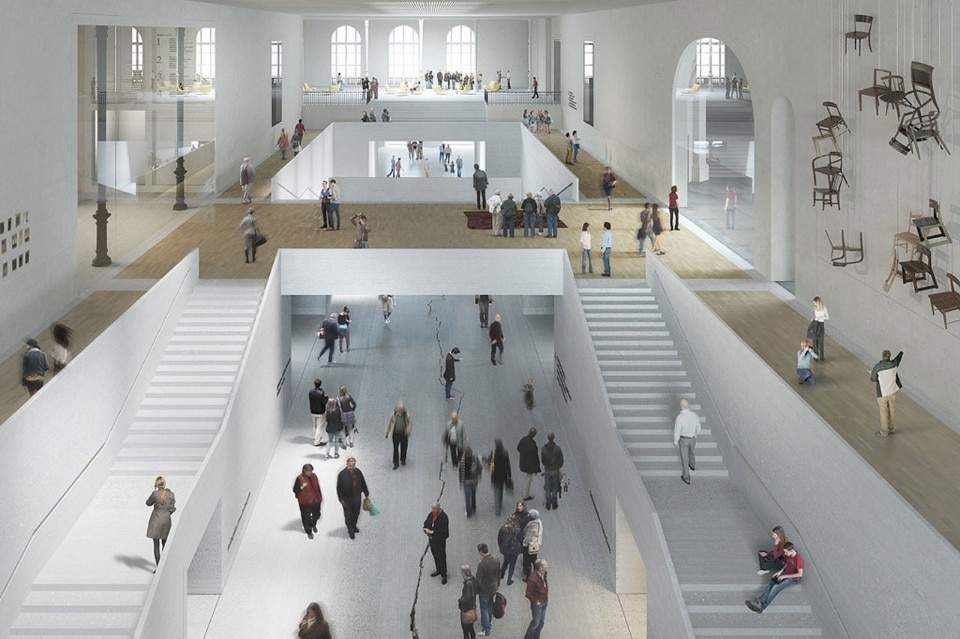
The Olympic Games represent a tremendous opportunity to enhance the appeal of cities, and Paris is not immune to the allure and economic impact of this global showcase. Other projects are on the horizon that will breathe new life into the appeal of the Ville Lumière. Expectations are high for the transformation of the Grand-Palais, with the original renovation project, secured by LAN in 2014, being adapted and entrusted to the state-owned company La compagnie des Architectes en Chef des Monuments Historiques (ACMH). This decision is partly in line with the Olympic schedule. However, some construction projects will narrowly miss the July 26 deadline, such as the much-anticipated unveiling of Notre Dame, which is scheduled for completion by the end of the year.


